19 – North Sea Minefields
Minefields protected the east coast from German attacks, kept the High Seas Fleet bottled up in harbour, and stopped U-boats from reaching the Atlantic through the English Channel or North Sea.
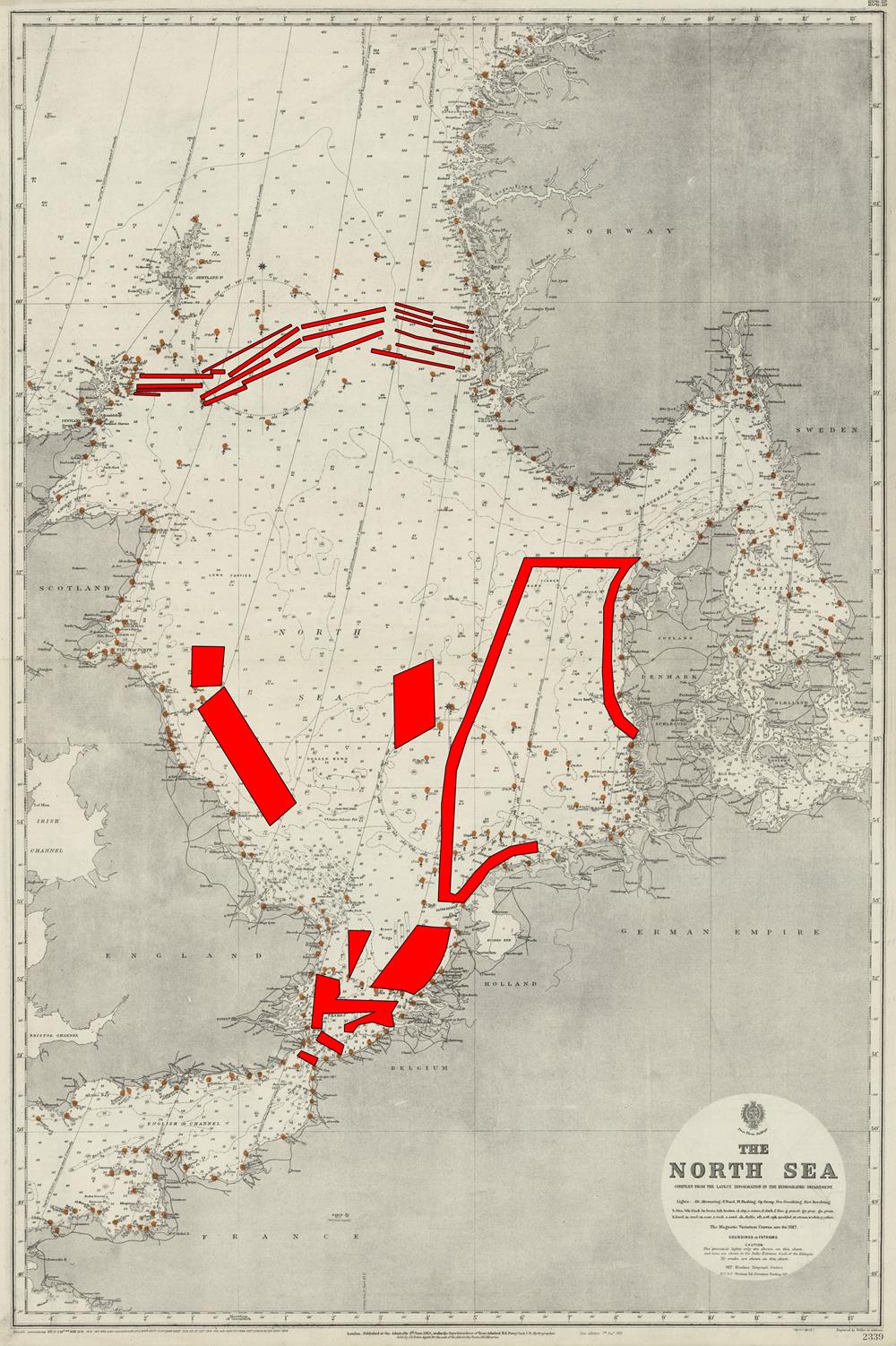
The Northern Barrage
100,000 mines were laid in the Northern Barrage from Orkney to Norway mainly by the US Navy using a fleet of converted civilian ships.
Latitude was determined by the elevation of the sun, while Longitude was determined from a 140 mile spool of piano wire carried by a guide cruiser.
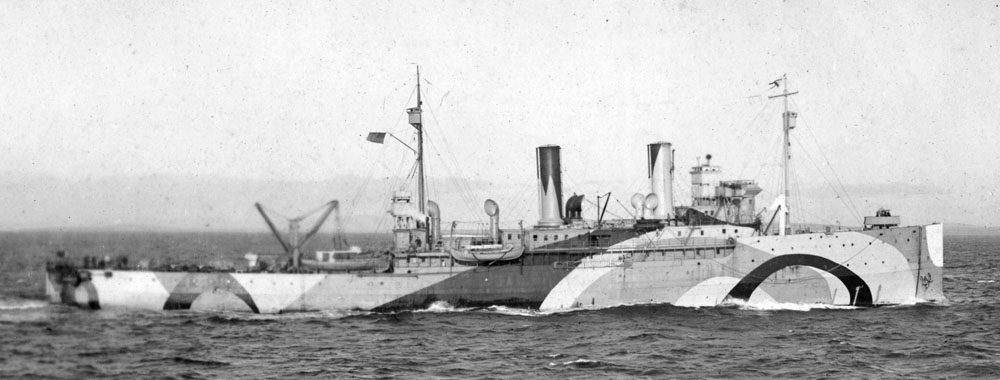
USS Shawmut laying mines in the Northern Barrage
High Speed Minelayers
In 1916, ships of the 20th destroyer flotilla based in Immingham were converted to minelayers which could penetrate the seas around Germany under cover of darkness and survive. Their mine racks were camouflaged by painted canvas screens. The flotilla laid a total of 23,136 mines during the war.
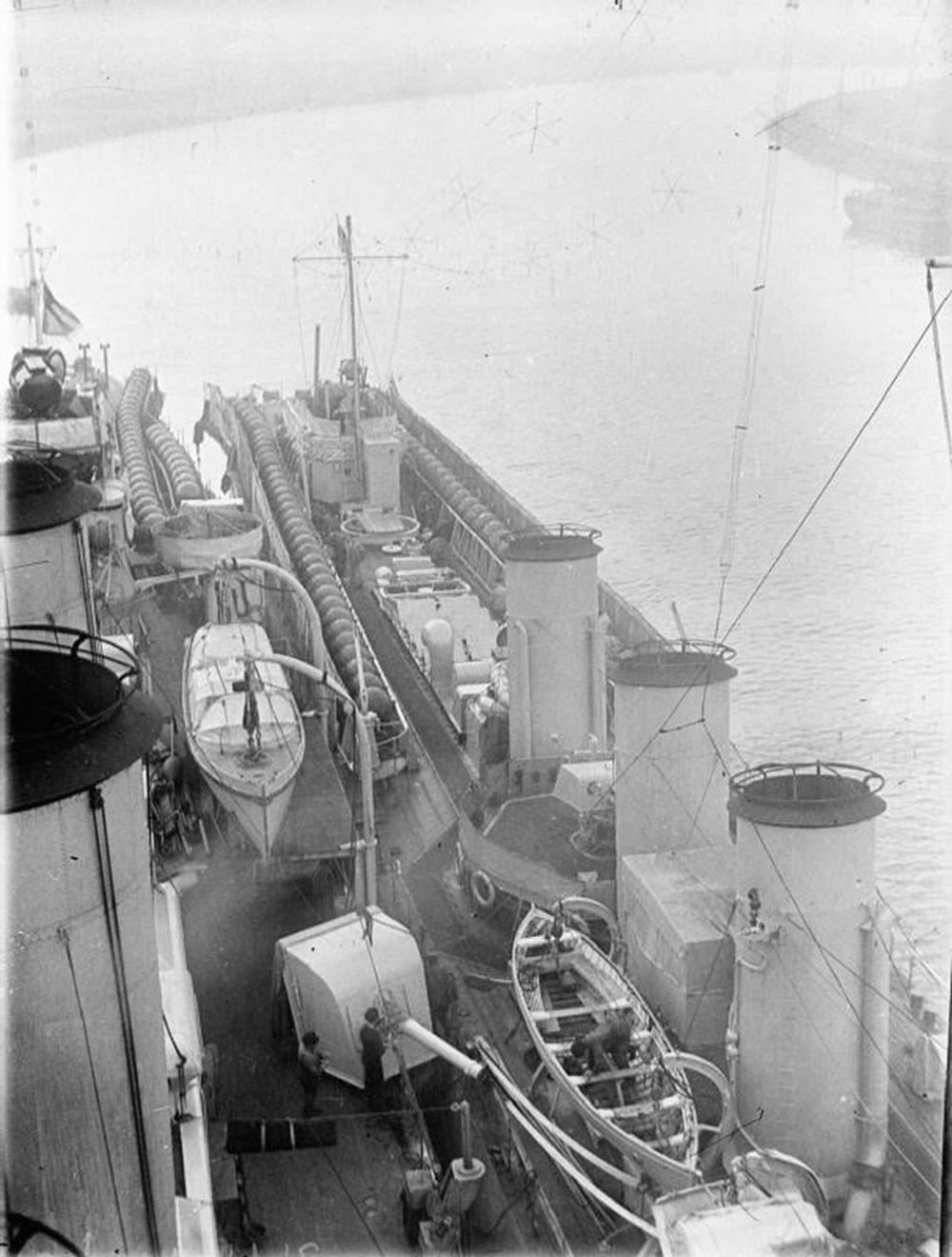
HMS Abdiel showing the lines of mines ready to deploy
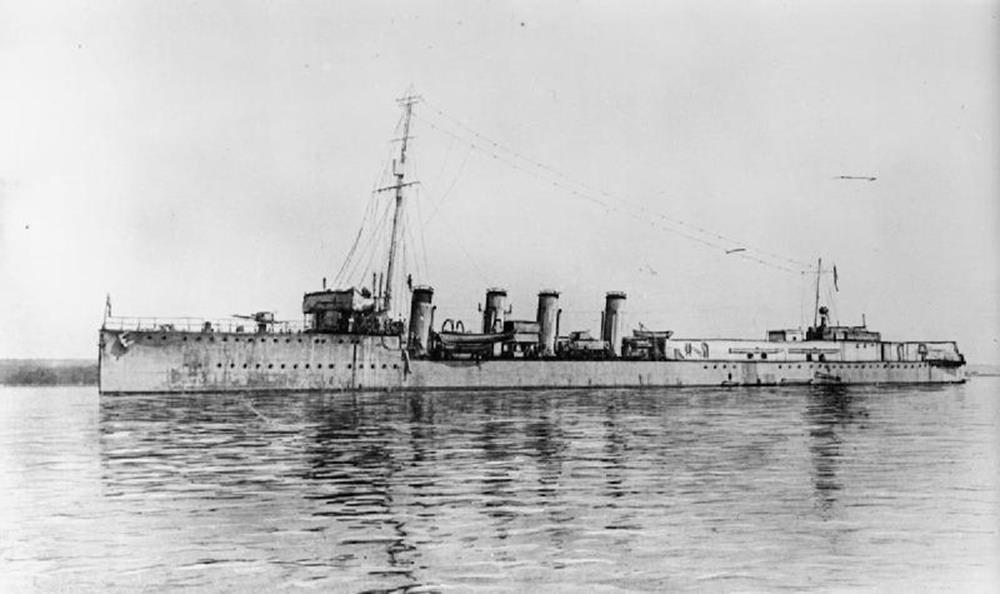
HMS Abdiel – with mine racks camouflaged canvas screens painted to look like torpedo tubes
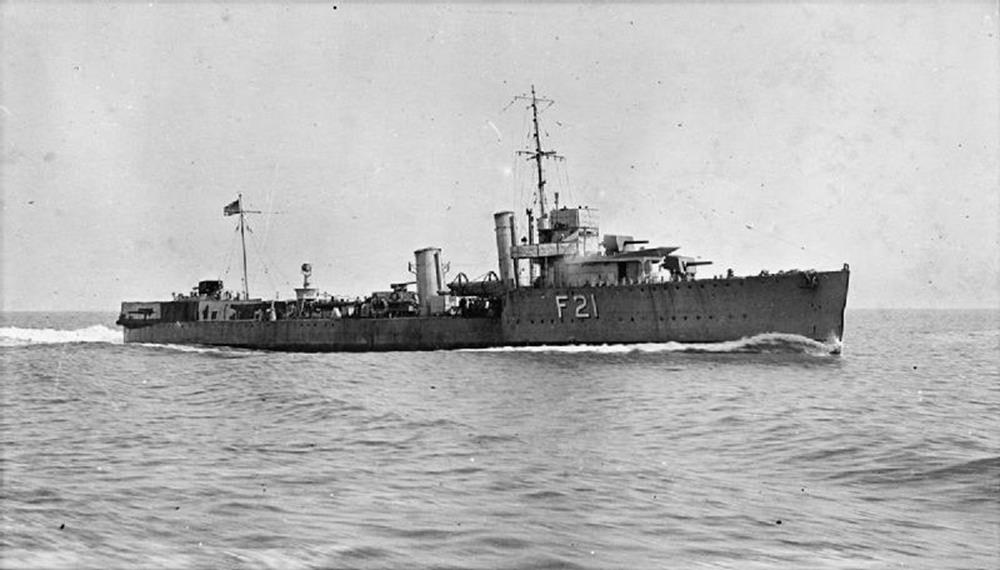
HMS Venturous – with mine racks camouflaged by canvas screens painted to look like guns
A “Snottie” at the surrender
Midshipman Adam spent his “gap year” between school (Fettes) and university serving with the 20th destroyer flotilla based out of Immingham.
Admiral Beatty acknowledged the role of the minelayers in keeping the High Seas fleet bottled up in harbour by inviting them to the surrender pageant on November 21st 1918.
Adam kept a diary of his time at sea, and years later edited it as a manuscript covering his experiences of the war.
Fettes College kindly gave us access to the manuscript. HERE is a copy of the original full document.
There is also an audio narration of the document HERE
HERE is the final chapter of the diary, along with a transcript. This covers the surrender of the High Seas Fleet.
And HERE is a recording of this final chapter – narrated by David Robertson.
| < 18 – The US goes to war |
| Δ Index |
| 20 – Forth Defences in 1918 > |
top of page
